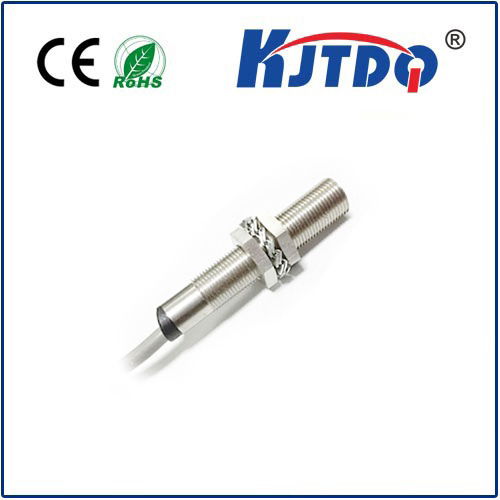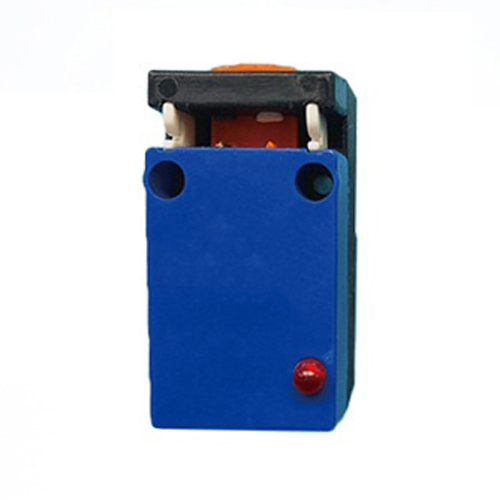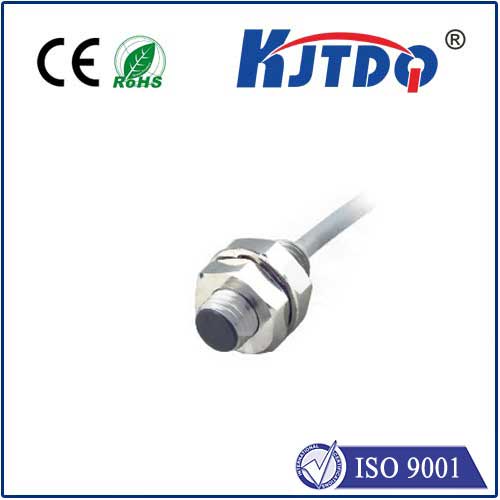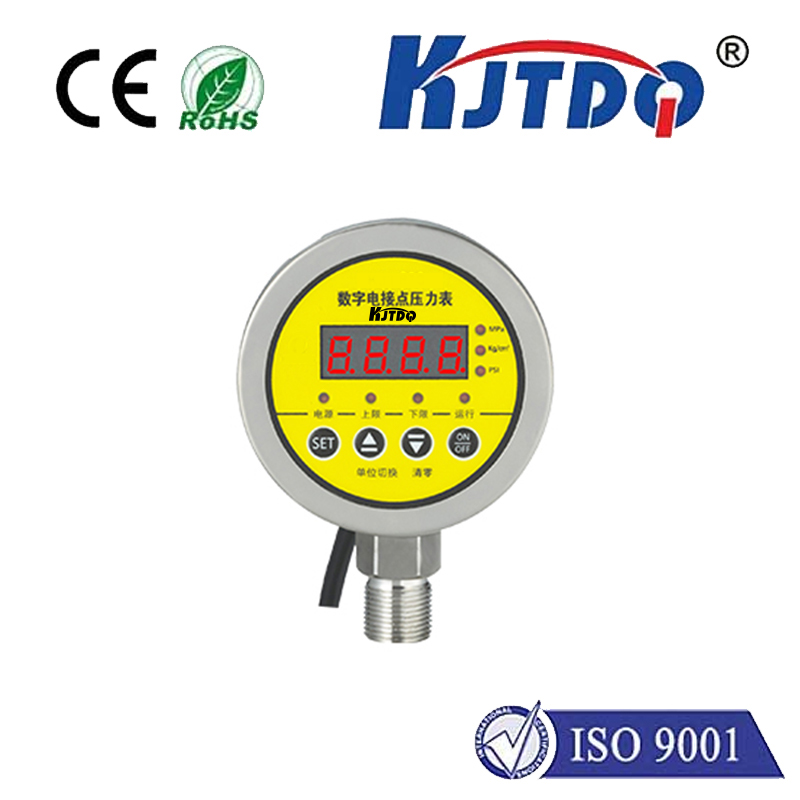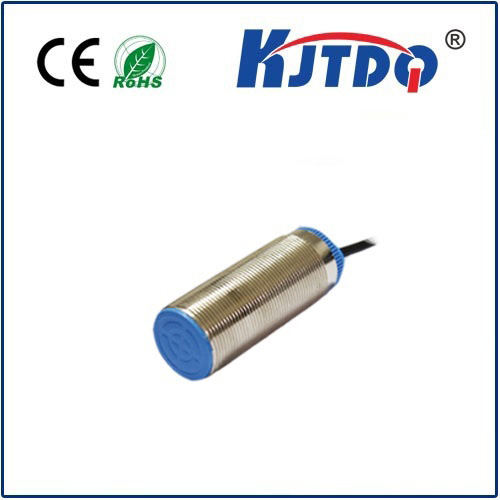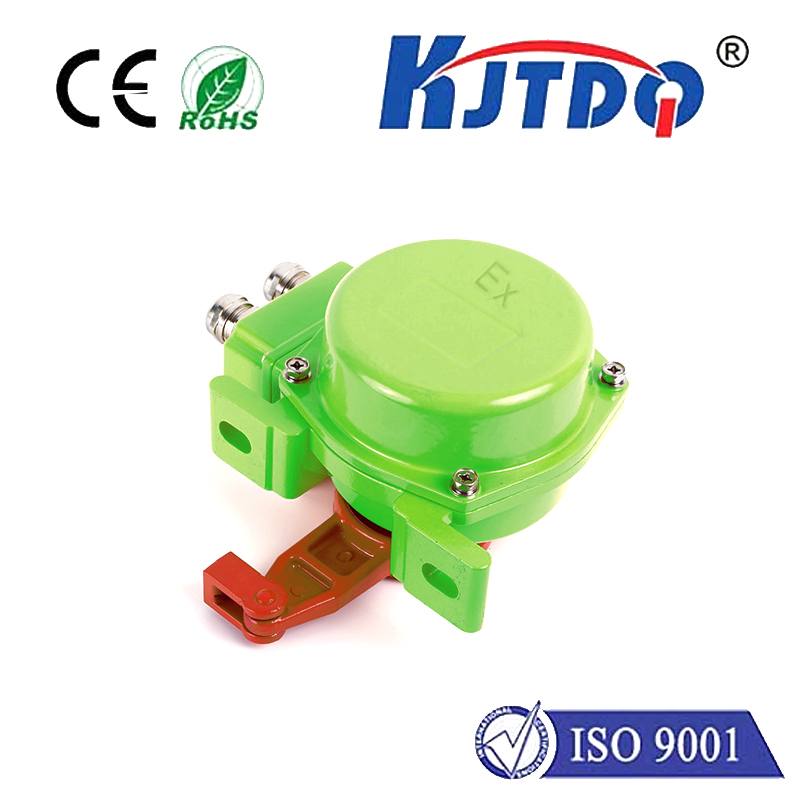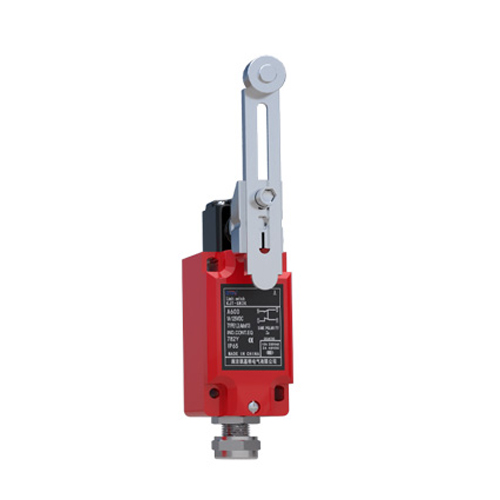micro inductive sensor
- time:2025-06-19 00:49:55
- Click:0
Micro Inductive Sensors: The Silent Force Driving Precision in Modern Automation
In the intricate dance of modern machinery, where micron-level movements and harsh conditions are commonplace, a class of remarkably resilient and precise components operates unseen yet is utterly critical: the micro inductive sensor. These miniature marvels of engineering have become fundamental enablers across countless industries, providing robust, non-contact detection and measurement where other technologies falter. Understanding their principles and burgeoning applications reveals why they are indispensable in the push towards smarter, more efficient automation.
The Core Principle: Electromagnetism in Miniature
At its heart, a micro inductive sensor operates on the bedrock principle of electromagnetic induction. A coil within the sensor generates a high-frequency oscillating electromagnetic field. When a metallic target object enters this field, eddy currents are induced on the target’s surface. These eddy currents draw energy from the sensor’s coil, causing a measurable change in the oscillation’s amplitude or frequency. Sophisticated electronics within the sensor detect this shift, triggering a clean, reliable output signal (often a simple ON/OFF switch) without any physical contact. This non-contact nature is the cornerstone of their reliability and longevity, particularly in demanding micro-positioning tasks.
Why “Micro” Matters: Advantages Amplified

The miniaturization of inductive sensors unlocks unique advantages crucial for contemporary applications:
- Space-Constrained Integration: In compact devices like precision robotics, medical instruments, semiconductor manufacturing equipment, and consumer electronics, physical space is at a premium. Micro sensors fit into locations impossible for larger counterparts, enabling sophisticated sensing in tight packages.
- High Precision and Resolution: Proximity to the target is often key to detection sensitivity and accuracy. Their small size allows micro inductive sensors to be mounted extremely close to the point of measurement, enabling detection and positional feedback with resolutions reaching the micron range – essential for intricate automation and quality control.
- Reduced Mass & Inertia: In high-speed, dynamic applications (like fast-moving robotic arms or vibratory feeders), the minimal mass of a micro sensor introduces negligible inertia. This allows for faster response times and more precise control without impacting the dynamics of the system itself.
- Robustness in Harsh Micro-Environments: Despite their size, modern micro inductive sensors are engineered to withstand significant challenges. Sealed housings protect against dust, dirt, and splashing liquids. They are inherently immune to oil, grease, and non-metallic contaminants that plague optical sensors. Their operation is unaffected by ambient light conditions, making them reliable in both brightly lit and completely dark environments. Furthermore, they excel in environments with significant vibrations and mechanical shocks where delicate mechanisms would fail.
Ubiquitous Applications: Where Micro Inductive Sensors Shine
The unique blend of size, precision, and robustness makes micro inductive sensors ubiquitous:
- Industrial Automation & Robotics: They are the workhorses for position feedback in linear and rotary actuators, end-of-arm tooling status detection, precise counting of small metallic parts on high-speed lines, verifying part presence or absence in fixtures, and detecting minute position changes in assembly processes. Think of them ensuring a robotic arm grips a component perfectly every single time.
- Automotive Systems: Within the confined, vibration-heavy, and often dirty environments of vehicles, micro sensors monitor gear positions in transmissions, detect brake pedal or clutch positions, verify seat belt buckle status, and provide feedback in throttle bodies and numerous other safety-critical and comfort systems.
- Medical & Laboratory Equipment: Demanding extreme hygiene, precision, and reliability, micro inductive sensors find roles in surgical robots (providing haptic feedback and position control), diagnostic analyzers (handling precise fluid volumes and vial positioning), and advanced imaging equipment (enabling precise component movement). Their non-contact operation avoids contamination risks inherent in mechanical switches.
- Consumer Electronics & Miniaturized Devices: Inside smartphones, tablets, laptops, and wearables, they can detect lid closure (clamshell laptops), screen position (convertibles), or the status of moving parts (e.g., pop-up cameras, stylus detection). Their reliability is key in these high-volume, miniaturized products.
- Semiconductor Manufacturing: In the ultra-precise world of chip fabrication, micro inductive sensors provide vital feedback for wafer handling robots, alignment stages, and lithography equipment, where nanometer-level precision and uncompromising reliability in cleanroom environments are non-negotiable. They are also vital in inspecting micro-fabricated components.
Design & Selection: Navigating the Micro Landscape
Effectively leveraging micro inductive sensors requires careful consideration:
- Target Material: While primarily designed for ferrous metals (steel, iron) offering the longest sensing ranges, many are available in “non-ferrous” variants optimized for metals like aluminum, brass, or copper. Material choice directly impacts effective sensing distance.
- Sensing Distance: Micro sensors inherently have shorter nominal sensing ranges (often fractions of a millimeter to a few millimeters) compared to larger sensors. Selecting the right range for the specific gap requirement is essential.
- Electrical Characteristics: Voltage level (e.g., 10-30V DC, 5V DC logic level), output type (NPN/PNP transistor, analog), and current rating must match the control system’s requirements.
- Housing & Form Factor: Cylindrical (“barrel”) styles (M3, M4, M5, M8 are common micro sizes), rectangular “block” types, or specialized shapes are available. The choice depends on mounting constraints and the target approach direction (axial, lateral).
- Environmental Rating: IP67 or IP68 ratings are common for dust and water resistance, but specific chemical exposure or extreme temperatures may require specialized versions.
The Future: Smaller, Smarter, More Integrated
The evolution of micro inductive sensing is relentless. Ongoing research pushes the boundaries of miniaturization without sacrificing performance. Integration with advanced signal processing allows for smarter sensors capable of more complex target discrimination. Combining inductive sensing with other technologies (like capacitive for multi-material detection) in single packages is also emerging. Furthermore, the rise of Industrial IoT (IIoT) demands sensors with built-in communication capabilities (IO-Link being a key protocol), enabling predictive maintenance, remote configuration, and richer data streams – a trend micro sensors are actively embracing.
Conclusion
From the delicate motions of a surgical robot to the high-speed chaos of an automotive assembly line, and within the palm of your hand in your smartphone, micro inductive sensors perform their critical role with silent efficiency. Their unique combination of miniature size, inherent robustness, non-contact operation, and high precision makes them irreplaceable components in the engine of modern automation and miniaturized technology. As demands for precision, reliability, and intelligence grow within ever-smaller spaces, the significance of these micro-sized electromagnetic sentinels will only continue to expand.






